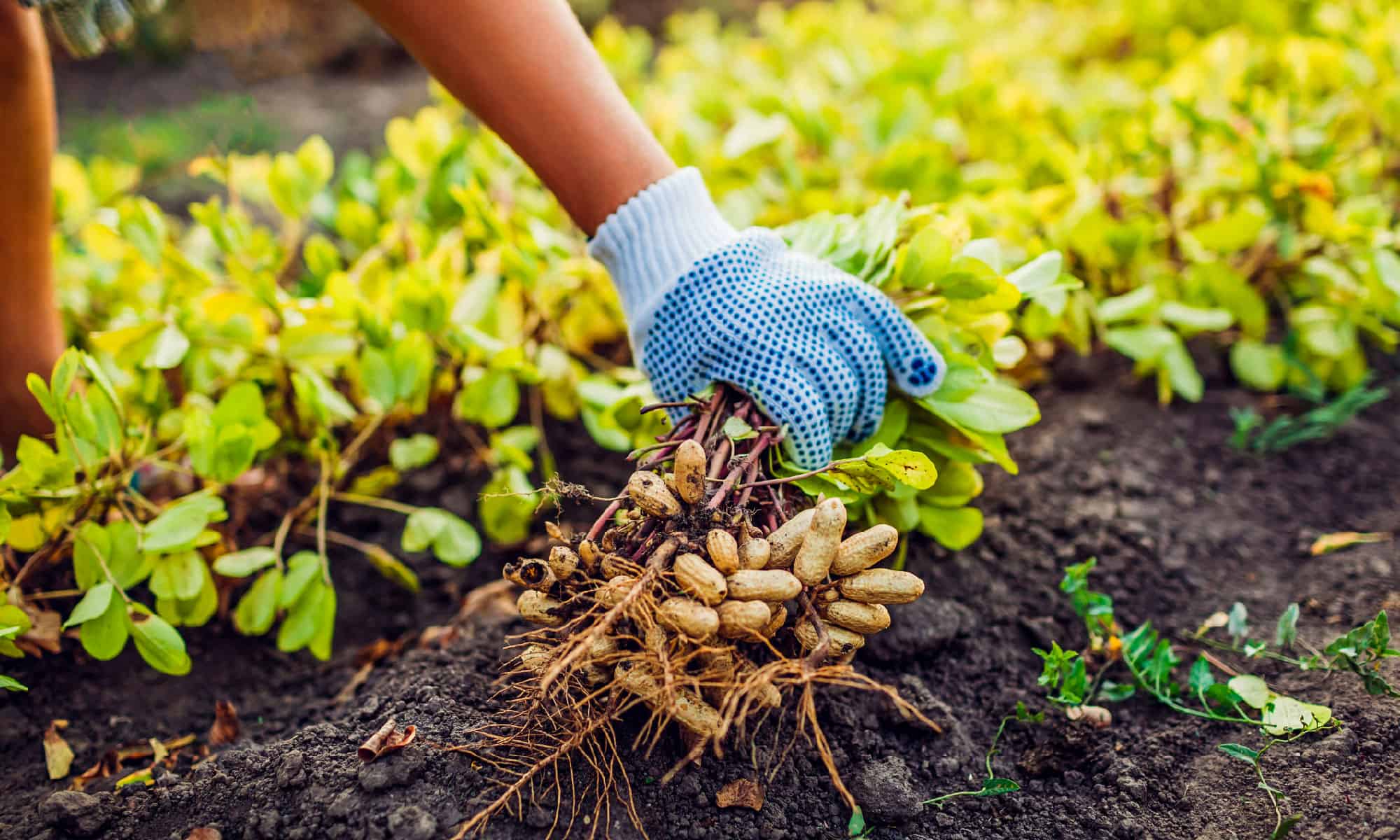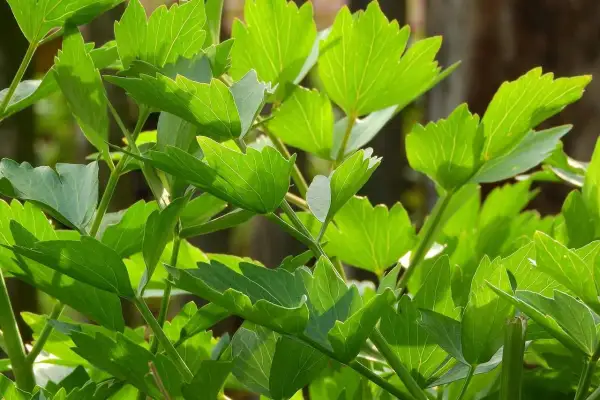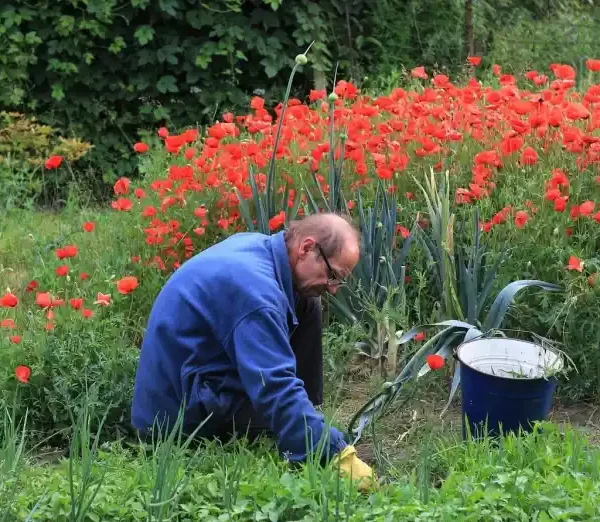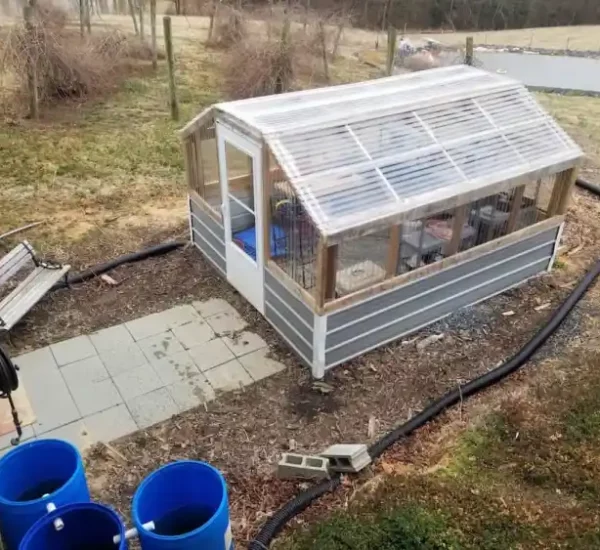Introduction
Peanuts, known for their delicious taste and nutritional value, can be a rewarding addition to any home garden. In this expert guide, we’ll explore four popular varieties of peanuts suitable for home cultivation and provide comprehensive instructions on how to grow them successfully.
Virginia Peanuts
Description
Virginia peanuts are the most common variety grown in the United States, prized for their large size and crunchy texture. They are typically roasted and salted for snacking but can also be used in cooking and baking.
Growing Conditions
Virginia peanuts thrive in well-drained sandy soil with a pH of 5.8 to 6.2 and full sun exposure. They require a long growing season of 120 to 150 days and prefer warm temperatures between 70°F and 90°F.
Planting and Care
Plant Virginia peanut seeds directly in the garden after the danger of frost has passed, spacing them 6 to 8 inches apart in rows 24 to 36 inches apart. Keep the soil evenly moist but not waterlogged, and provide a layer of mulch to conserve moisture and suppress weeds. Harvest peanuts when the plants begin to yellow and the pods are mature, usually in late summer or early fall.
Spanish Peanuts
Description: Spanish peanuts are smaller in size compared to Virginia peanuts and have a sweet, nutty flavor. They are commonly used in confectionery products such as peanut brittle and candy bars.
Growing Conditions
Spanish peanuts prefer sandy, well-drained soil with a pH of 5.8 to 6.2 and full sun exposure. They have a shorter growing season of 90 to 110 days and can tolerate slightly cooler temperatures than other peanut varieties.
Planting and Care
Plant Spanish peanut seeds directly in the garden after the last frost date, spacing them 4 to 6 inches apart in rows 24 inches apart. Water regularly to keep the soil evenly moist, and apply a balanced fertilizer every four to six weeks during the growing season. Harvest peanuts when the plants begin to yellow and the pods are mature, typically in late summer or early fall.
Valencia Peanuts
Description
Valencia peanuts are known for their small size and sweet, buttery flavor. They are often used in gourmet and specialty food products such as natural peanut butter and roasted nuts.
Growing Conditions
Valencia peanuts prefer sandy, well-drained soil with a pH of 5.8 to 6.2 and full sun exposure. They have a moderate growing season of 100 to 120 days and can tolerate slightly acidic soil conditions.
Planting and Care
Plant Valencia peanut seeds directly in the garden after the last frost date, spacing them 4 to 6 inches apart in rows 24 inches apart. Water regularly to keep the soil evenly moist, and provide a layer of mulch to retain moisture and suppress weeds. Harvest peanuts when the plants begin to yellow and the pods are mature, typically in late summer or early fall.
Runner Peanuts
Description
Runner peanuts are characterized by their uniform size and elongated shape, making them ideal for processing into peanut butter and oil. They have a rich, nutty flavor and are commonly used in commercial food products.
Growing Conditions
Runner peanuts thrive in well-drained sandy soil with a pH of 5.8 to 6.2 and full sun exposure. They require a long growing season of 130 to 150 days and prefer warm temperatures between 70°F and 90°F.
Planting and Care
Plant runner peanut seeds directly in the garden after the last frost date, spacing them 6 to 8 inches apart in rows 24 to 36 inches apart. Keep the soil consistently moist but not waterlogged, and provide a layer of mulch to retain moisture and suppress weeds. Harvest peanuts when the plants begin to yellow and the pods are mature, typically in late summer or early fall.
Conclusion
Growing peanuts at home can be a rewarding experience, providing you with a bountiful harvest of delicious nuts to enjoy throughout the year. By selecting the right variety for your garden and providing optimal growing conditions, you can cultivate healthy peanut plants and harvest a plentiful crop. Follow the guidelines provided in this expert guide to grow four varieties of peanuts successfully in your home garden.
FAQs on 4 Varieties of Peanuts for the Home Garden and How to Grow Them
Can I grow peanuts in my home garden?
Yes, peanuts can be successfully grown in home gardens, provided you have the right growing conditions and follow proper cultivation practices.
What are the four varieties of peanuts suitable for home cultivation?
The four varieties are Virginia, Spanish, Valencia, and Runner peanuts, each with its unique characteristics and flavor profiles.
When is the best time to plant peanuts in the home garden?
Peanuts should be planted in the spring after the danger of frost has passed and the soil has warmed to at least 65°F.
What type of soil do peanuts prefer?
Peanuts thrive in well-drained sandy soil with a pH of 5.8 to 6.2. They do not tolerate waterlogged or compacted soil.
How far apart should peanut seeds be planted in the garden?
Peanut seeds should be planted 4 to 8 inches apart in rows spaced 24 to 36 inches apart, depending on the variety.
Do peanuts require a lot of water?
Peanuts require regular watering to keep the soil evenly moist, especially during the flowering and pod development stages. However, they do not tolerate waterlogged conditions.
How long does it take for peanuts to mature and be ready for harvest?
The time to maturity varies depending on the variety, but peanuts typically mature and are ready for harvest 90 to 150 days after planting.
Can peanuts be grown in containers or raised beds?
Yes, peanuts can be grown in containers or raised beds as long as they have sufficient space for root development and proper drainage.
Are there any pests or diseases that commonly affect peanuts in the home garden?
Peanuts are susceptible to pests such as aphids, thrips, and armyworms, as well as diseases such as leaf spot and root rot. Proper sanitation and pest management practices can help prevent and control these issues.
How should peanuts be harvested and stored once mature?
Peanuts should be harvested when the plants begin to yellow and the pods are mature. After harvesting, allow the peanuts to dry thoroughly before storing them in a cool, dry place to prevent molding and spoilage.
- Best THC Sodas to Buy in Arkansas - May 28, 2025
- Exploring THC-Infused Sodas in Arkansas - May 28, 2025
- THC Beverages Now Trending in Alabama - May 28, 2025





